Chapter 9
The Byzantine Empire
By Boundless
While the Western Roman Empire fell, the Eastern Roman Empire, now known as the Byzantine Empire, thrived.
The Christian, Greek-speaking Byzantine Empire had its capital at Constantinople, established by first Emperor Constantine the Great.
Emperor Justinian was responsible for substantial expansion, a legal code, and the Hagia Sophia but suffered defeats against the Persians.
Justinian I achieved lasting fame through his judicial reforms, particularly through the complete revision of all Roman law that was compiled in what is known today as the Corpus juris civilis.
Emperor Heraclius defended the Byzantine Empire from the Persians but lost the reconquered land to the Arabs shortly after.
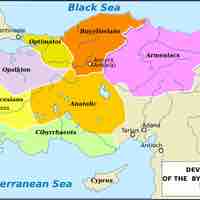
The Byzantine-Arab wars wrought havoc on the Byzantine Dynasty but led to the creation of the highly efficient military theme system.
The Isaurian dynasty is characterized by relative political stability, after an important defeat of the Arabs by Leo III, and Iconoclasm, which resulted in considerable internal turmoil.
The Byzantine Iconoclasm was the banning of the worship of religious images, a movement that sparked internal turmoil.
Irene of Athens, the first woman Emperor of the Byzantine Empire, fought for recognition as Imperial leader throughout her rule and is best known for the ending of Iconoclasm in the Eastern Church.
The Macedonian Dynasty saw expansion and the Byzantine Renaissance but also instability due to competition among nobles in the theme system.
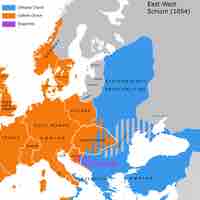
The centuries-long gradual religious separation between the Eastern and Western Roman Empires culminated in the institutional separation known as the East-West Schism.
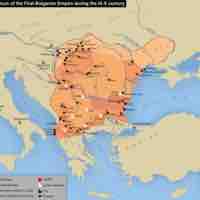
The Byzantine Empire had a long and tumultuous relationship with the Bulgar Empire to its north.
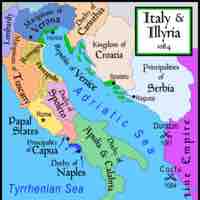
In 1071, the Byzantine Empire suffered two important defeats, against the Turks in the Battle of Manzikert and against the Normans in Bari, sometimes called the Double Disasters.
Tensions between Eastern and Western European powers boiled over during the Komnenian Dynasty; the West destroyed Constantinople and, with it, the Byzantine Empire.
Michael VIII recaptured Constantinople and restored the Byzantine Empire, giving rise to the last dynasty of the Empire and a brief time of cultural flourishing.

The restored Byzantine Empire converted to Catholicism to get aid from the West against the Ottoman Turks, but the Turks defeated them by conquering Constantinople, thereby causing the final collapse of the Byzantines.
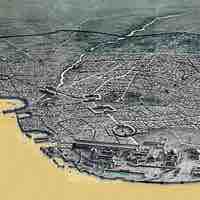
The Byzantine Empire has had a lasting legacy in religion, architecture, art, literature, and law.